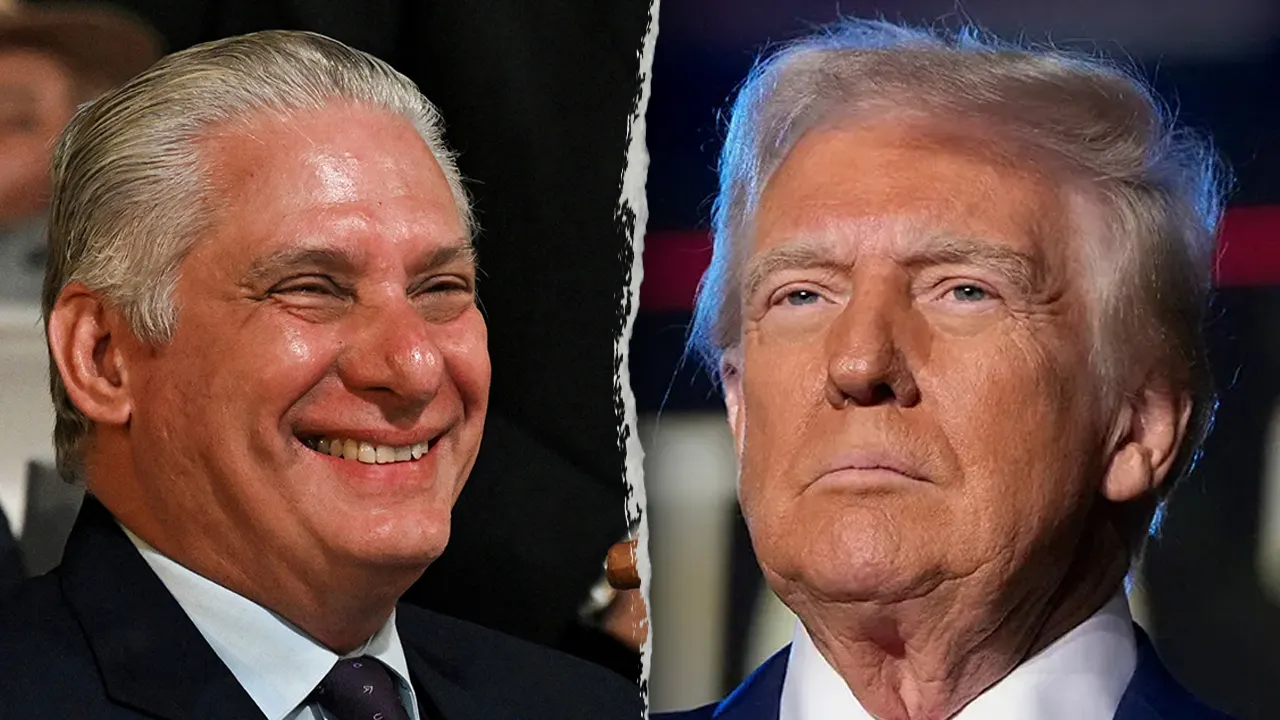
“Sugar and spice and everything nice; That’s what little girls are made of,” goes the old Romantic Period poem. Grown women are characterized differently, the work holds, and female leaders? Poem author Robert Southey didn’t say.
But pundit Tucker Carlson just did.
In fact, he stated while addressing the notion that “women in charge” would yield a more peaceful world that the exact “opposite” appears true.
No “Big Successes From Female Leaders”
Carlson made his comments on his X show Monday during a long conversation with commentator Jack Posobiec. While not the episode’s main topic, the subject arose when Posobiec mentioned that Kamala Harris’s apologists would use the “first female president” selling point to deter criticism of her.
We’re going to hear the “chronic propaganda that we’ve been surrounded by that that women are better than men, that women should be first, that women should have the all the power in society,” Posobiec stated. “Well, here is the first woman president. And how dare you run against the first woman president.”
Carlson then interjected, wondering if that point had become a little stale. We “haven’t seen big successes from female leaders,” he noted. “And I say that as a lover of women.”
“Where is the evidence” for superior female governance? the host later asked. There’s this idea that “female … political leaders will be more conciliatory. There’ll be more peace, less war.”
More Peace With Female Leaders?
In reality, Carlson said, “You’ve seen exactly the opposite. The Ukraine war was driven by a woman, actually, Victoria Nuland [the ex-U.S. undersecretary for political affairs]. Hillary Clinton is the most bloodthirsty person I’ve ever seen on the public stage.”
(Note here that during a CBS interview years ago, Clinton joked about the killing of Libyan leader Muammar Qaddafi and said “We came, we saw, he died” and then broke into laughter. Also remember that her administration’s Libyan intervention was disastrous.)
Madeleine Albright, the first female secretary of state, was mentioned as well. Carlson said he knew her and characterized her as a “total ghoul” and “nasty.”
He proceeded to say that not only is there no evidence of female-leader-born peace on Earth, but “the opposite appears to be true.”
Posobiec then chimed in, citing a 2019 Becker Friedman Institute study showing that, as the researchers put it, “polities led by queens participated in war more than polities led by kings.”
Predictably, Carlson’s comments evoked the usual criticisms, of being “bitter and fragile,” insecure, “misogynistic,” hateful, and mentally unwell and in need of “therapy.” The one thing not said, strikingly, is that he was wrong.
One might quip here that while a female leader may not get us into fewer wars, we might for the first time in history get into a war over something that happened 20 years ago and that everyone else has forgotten about.
Tucker Not the First to Say So
Of course, while the New Chivalry dictates woke double standards, one may wonder: If it’s okay discussing how men are supposedly more warlike, what’s wrong with examining this thesis and suggesting the opposite may be true? Goose and gander, right? (Note that The Chronicle of Higher Education published a 2015 article actually stating that “maleness” is a “birth defect.”)
Apropos here is that I actually just wrote about how females are more likely than males to initiate violence in marital and dating relationships. This said, it’s true that males are more given to using physical aggression as a tool. Yet that’s not the whole story.
For example, men are also less apt to hold grudges; hence the phrase “Hell hath no fury like a woman scorned.” Vindictiveness, the failure to forgive and a characteristic female fault, can beget great destruction.
There’s also a reason Rudyard Kipling wrote in a famous poem that “the female of the species is more deadly than the male,” and in it claimed that captives of American Indians feared the cruelty of the “squaws” more than the hand of the braves. As anthropologist Margaret Mead explained, the “evidence of history and comparative studies of other species suggest that women as a fighting body might be far less amenable to the rules that prevent warfare from becoming a massacre and, with the use of modern weapons, that protect the survival of all humanity.”
Different Reasons for Fighting
Put differently, males tend to be principle-oriented while females are feelings-oriented. This is evident even in children. Little boys are more likely than girls to get physical, but when they do they generally push and shove and wrestle and, maybe, throw some punches. They instinctively abide by rules. Girls aren’t as likely to fight, but when they do, there can be scratching and hair-pulling and beyond — it’s no-holds-barred. Hence the term “cat fight.”
The explanation may be that since males would fight (even if in a quasi-friendly way) to establish dominance and the pecking order (like two rams butting heads), it’s advantageous to survival if they can “settle matters” without hurting each other. In contrast, females might fight only as a last resort, when male protection is absent and perhaps to protect their offspring; in this case, the survival advantage lies in being as vicious as possible so that, hopefully, the children won’t be killed.
Women in Power
Yet another factor is that it isn’t the average woman who rises to the pinnacle of power. This brings us to Duke’s First Rule of Women in Politics. It’s a catch-22:
Insofar as women are in politics, they should be traditionalist women. The problem is that traditionalist women aren’t seeking a place in the House.
They’re at home — taking care of kids.
Lamenting this problem in 2018, commentator Megan Fox quoted a nobleman, Viscount Helmsley, speaking in a 1912 parliamentary debate. The females “who will take the greatest part in politics will not be the quiet, retiring, constitutional women,” he observed, “but those very militant women who have brought so much disgrace and discredit upon their sex.”
History since then has certainly borne this out. And it could make you wonder: How well will a cat-fight mentality and nuclear capability mix?
Shop For Night Vision | See more…
Shop For Survival Gear | See more…
-
Sale!

Mesh Shooting Hunting Vest with Multi Pockets
Original price was: $59.99.$39.99Current price is: $39.99. Add to cart -
Sale!

Tactical Camo Nylon Body Armor Hunting Vest With Pouch
Original price was: $49.99.$39.99Current price is: $39.99. Select options This product has multiple variants. The options may be chosen on the product page

































 Reaction & Commentary
Reaction & Commentary












